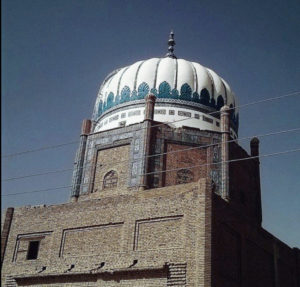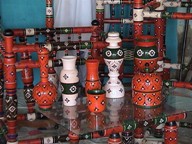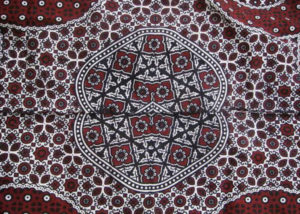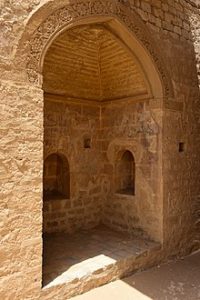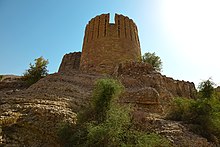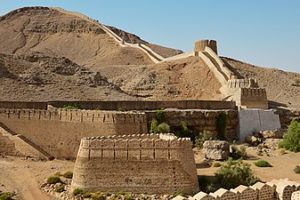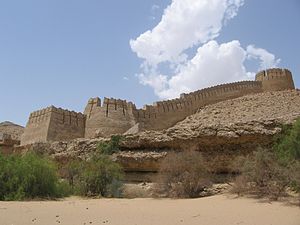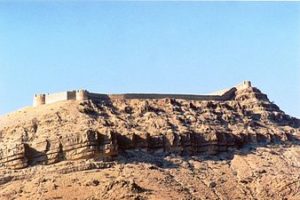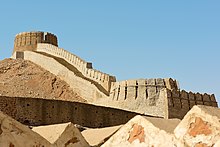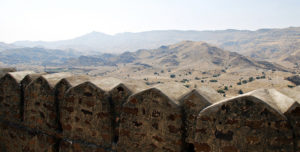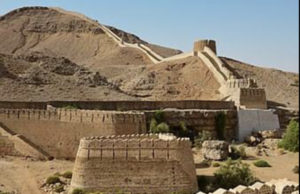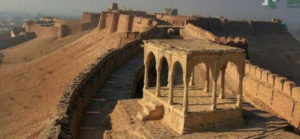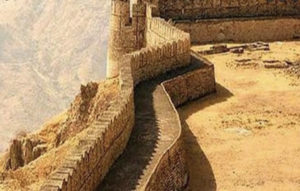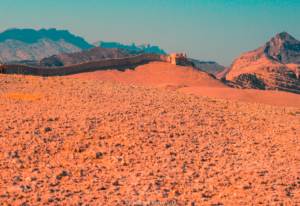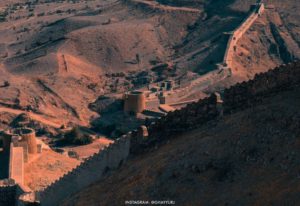The Hidden Gems Of Sindh
Sindh, the southern province and second largest by population, provides Pakistan access to the Arabian Sea. The tourism world, enamored by the high , majestic mountains of North Pakistan tends to forget the historical and cultural richness of this area. This article explores the hidden gems of Sindh.
Karachi, 12th largest metropolis, Pakistan’s major sea and airport, once the capital city, the industrial and financial hub, and a melting pot of cultures and sub cultures is the largest city of the province and deserves a separate article to describe its wonders in detail.
We will venture north east out of Karachi to discover Sindh by road.


